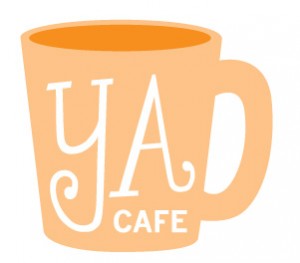 Welcome Back to YA Cafe, where book lovers can gather and chat about teen literature. I’m your barista, along with Ghenet from All About Them Words. Each Friday we pick from a menu of topics and share our thoughts on our respective blogs.
Welcome Back to YA Cafe, where book lovers can gather and chat about teen literature. I’m your barista, along with Ghenet from All About Them Words. Each Friday we pick from a menu of topics and share our thoughts on our respective blogs.
November’s Theme: YA Appreciation Month!
…and book club topic: What YA book are you most thankful for? (Book Club is next week!)
Today’s Special: Why I Love Dark YA
These past few months, there has been a ton of buzz on twitter and the interwebs about dark YA. It started with an article titled Darkness Too Visible which appeared in the Wall Street Journal (WSJ) in June. Much discussion, disagreement, even outrage ensued, coming mostly from the teen lit community. People took sides and a lot was said throughout the blogsphere about the various misconceptions presented in the article.
Here were some of the responses:
• Janet Reid (AKA Query Shark) shared her straight-to-the-point response on her blog.
• Misty from Nothing Cannot Happen Today raised an important point about the age-range for YA being much wider th an any other age group in children’s literature.
• Kate Hart from KateHart.net took a different approach and looked at the covers were for YA books published in 2010. Her post is fascinating and shows that YA might not be as edgy (and definitely not as multicultural) as one would think.
Finally, the hashtag #YASaves, which started in response to the Wall Street Journal article, not only was the #3 trending topic on twitter the weekend it came out, but it’s continued as an active and vibrant community of YA writers and readers alike. Many lovers of teen lit have posted links and responses with #YASaves, weighing in on why YA–but especially Dark YA–is important.
So what does this have to do with why I love Dark YA?
Dark YA makes us think. It challenges us to reconsider our assumptions and view situations from alternative points of view. Even YA books that aren’t necessarily “dark” per se, will often raise some sort of question or challenge that pushes readers outside of their comfort zone.
Right now I’m reading I’m Not Her by Janet Gurtler. Looking at the cover, it doesn’t appear to be a particularly dark book. But as we soon discover, the story has more darkness to it than first it seemed. For me, in particular, this book has been a challenge because (full disclosure here) one of my greatest fears since I was a child was that of losing a limb. And one of the characters in I’m Not Her grapples with this very issue, trying to come to terms with what will happen if she loses her leg to bone cancer.
For other readers, this book might be “sad” or “tragic” but for me it has been a challenge, and a good challenge at that. This book pushed me outside my comfort zone and forced me to face something that in the past has been very difficult for me to approach. And for that reason, I am loving this book. (In fact, I’m loving it so much, I’m reading it really slooooowly because I don’t want it to end.)
And why is it so important that Dark YA exists? That one’s easy to answer. Teens (the intended audience for these books) are at an age where they’re learning to stand up for their own thoughts and beliefs. They need books that will challenge them and push them beyond their comfort zones. If all books in teen lit were happy-go-lucky-everything-is-perfect types of books not only would these books be unbelievably boring but these books wouldn’t add anything that teens are not already experiencing in their own lives.
These days, teens deal with a lot of very real and very difficult situations. Problem parents, bullies, coming to terms with their sexuality, violence, discrimination (which isn’t just based on race or sexual orientation but can occur for just about any reason imaginable). You name it, there are teens out there dealing with it. If YA didn’t represent that experience–both the good and the bad–then it would be a lie.
And we all know the purpose of fiction: while the stories and characters may be made-up, at the heart of it fiction always tells the TRUTH.
Check out Ghenet’s post today on why she loves Dark YA! And don’t forget to share your book club pick next week!

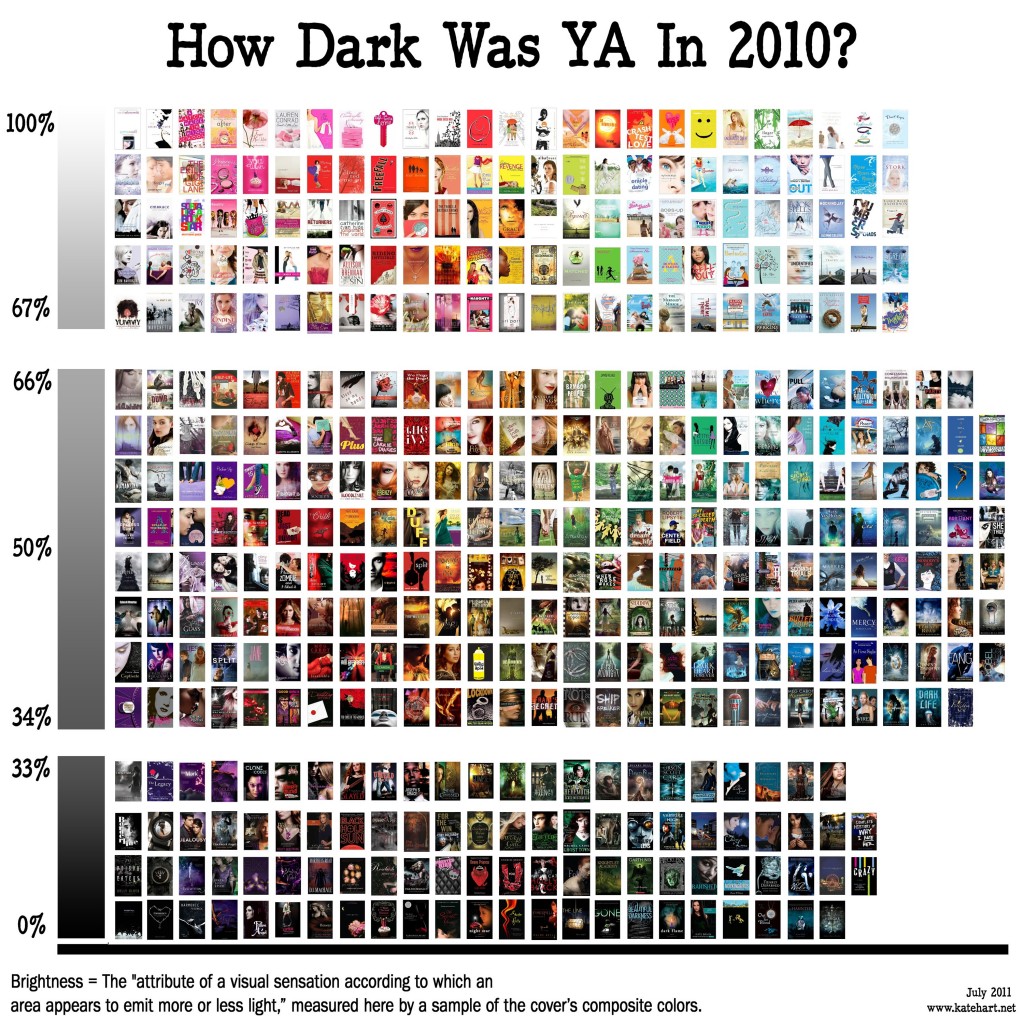
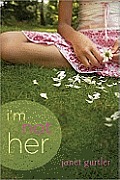

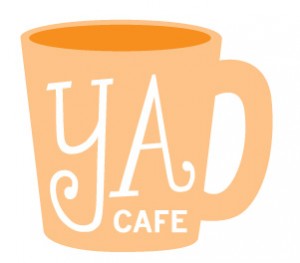

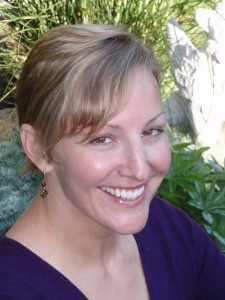






 Call me Gabi (pronounced gah-BEE). I'm a writer, freelance teacher, and a lover of books and words. I'm also the instigator of DIY MFA. iggi's my sidekick, but he thinks he's the brains behind this operation.
Call me Gabi (pronounced gah-BEE). I'm a writer, freelance teacher, and a lover of books and words. I'm also the instigator of DIY MFA. iggi's my sidekick, but he thinks he's the brains behind this operation.
 ROW80 Check-In (4)
ROW80 Check-In (4) YA Cafe Book Club: The Unbecoming of Mara Dyer
YA Cafe Book Club: The Unbecoming of Mara Dyer YA Cafe: Building Suspense
YA Cafe: Building Suspense